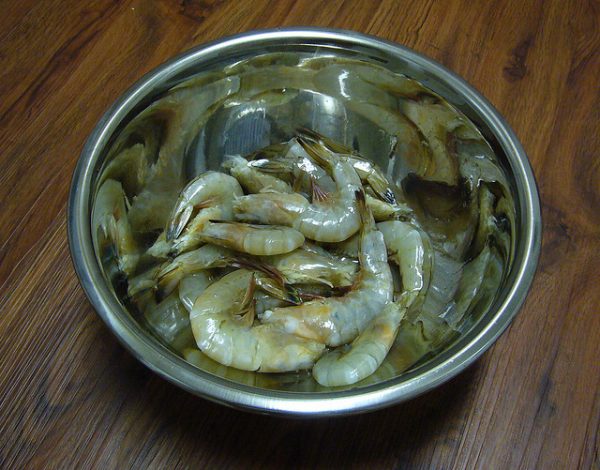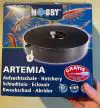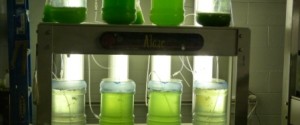Category: Food/Nutrition
-

Easiest DIY Saltwater Fish Food Ever
Have you ever wondered if you could make your own saltwater fish food? Think about it: no need to contemplate which commercial food to pick up from the store. And you retain full control over all the ingredients. If the thought’s ever passed through your mind, this is the post for you. And before you fret…
-

Hobby brine shrimp hatchery dish: so much fun for under $30
A few weeks back, I was listening to the Reef Therapy podcast—shout out to Jake and Mark, where they talked about their aquarium hacks—and mentioned live baby brine shrimp as a hack for replacing live copepod or zooplankton supplement feeding. I’ve had a can of brine shrimp cysts in my basement for like…7 years that…
-

Intro to the most popular copepods for sale
Most popular copepods for sale Copepods are tiny crustaceans that can either hitchhike their way into your tank or are added deliberately, as natural and nutritional food for your saltwater fish. This article will focus on a few of the most popular copepods for sale to feed to your reef aquarium and boost its biodiversity. Some…
-

Brine shrimp: all about cysts and hatching
What are brine shrimp? The non-scientific short answer: brine shrimp are fish food that will drive your reef fish crazy. The more specific answer: brine shrimp are tiny invertebrates (arthropod crustaceans really), from the genus Artemia, that naturally grow in salt lakes. When fully grown, they are about 0.4-0.5 inches in length (about 1 centimeter)–which…
-

Mysis Shrimp: A Favorite Fish & Coral Food
One of my favorite frozen foods to feed my saltwater fish is frozen mysis shrimp. Almost every fish I have ever kept has instantly recognized the floating white morsels as a meal. I’ve offered them at the same time as flakes (which would otherwise be voraciously eaten if it wasn’t competing with the mysis shrimps),…
-

How to feed corals
How to feed Corals in a Reef Aquarium Feeding the corals in our reef aquariums is both an art and science. Marine biologists study corals in their natural environment, under “perfect” conditions. We use their research findings to provide our reef tanks with the best possible conditions. We have come a long way in learning…
-

Marine Fish Nutrition
Nutrition for Marine Fish – The Science Behind Fish Food Good nutrition is essential for keeping marine fish healthy and vibrant. We feed our fish a variety of fresh, frozen and prepared foods in hopes that it will cover all the “nutritional bases” and keep the fish in good shape. Many of us, in the…
-

Phytoplankton Strains and Uses in a Saltwater Tank
Phytoplankton Strains and Uses in a Saltwater Tank What are Phytoplankton? Phytoplankton are teeny-tiny (microscopic) plant-like organisms. The name phytoplankton comes from the Greek for “plant drifters” because these photosynthetic creatures typically drift about in the ocean, absorbing sunlight and turning it into delicious sugars. In turn, filter feeding invertebrates, like the sponges, clams and corals in…
-
Rotifer Culturing at Home: Continous Cultures
Rotifer Culturing at Home: Continuous Culture Set-Up and Protocol Growing rotifers as a continuous culture is easy to do, but requires a small amount of work, almost every day. Unlike batch culturing, where the goal is to culture the most rotifers possible in sequential batches, the goal of continuous rotifer culturing is to create a…
-
How to Culture Rotifers: Batch Culturing Protocol
Culturing rotifers at home is fairly easy to do. Rotifers are a great food source for newly hatched fish larvae and for some filter-feeding invertebrates. Ironically, the rotifer organism itself provides very little nutritional value to the animals that eat them. It is the content of their guts (the food they eat) that provides nutrition. As…